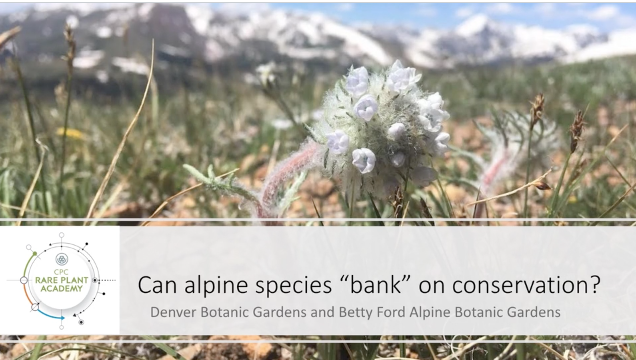
Alexandra Seglias (Denver Botanic Gardens), Nicola Ripley (Betty Ford Alpine Gardens), Brittany Roberts Marshall (Betty Ford Alpine Gardens) Alpine ecosystems are particularly vulnerable to climate change. The Denver Botanic Gardens are seeking to protect rare species from these regions, banking seeds from multiple Alpine populations by maternal line. However, collecting seed from these remote areas […]
Read More…
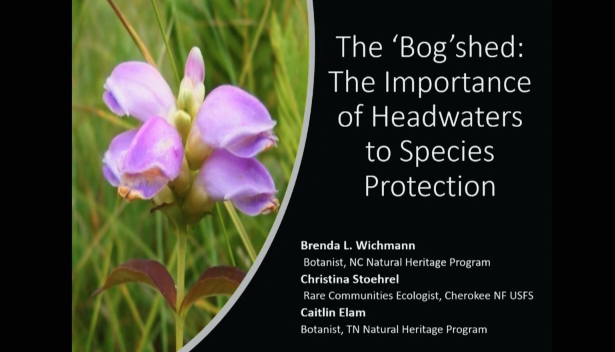
Brenda L. Wicchman, North Carolina Natural Heritage Program Chris Stoehrel U.S. Forest Service, Cherokee National Forest Caitlin Elam Tennessee Natural Heritage Program, Division of Natural Areas Some of the rarest wetlands in the southeastern United States are the non-alluvial wetlands of the Blue Ridge region. Many of these wetlands are current conservation areas or priorities […]
Read More…
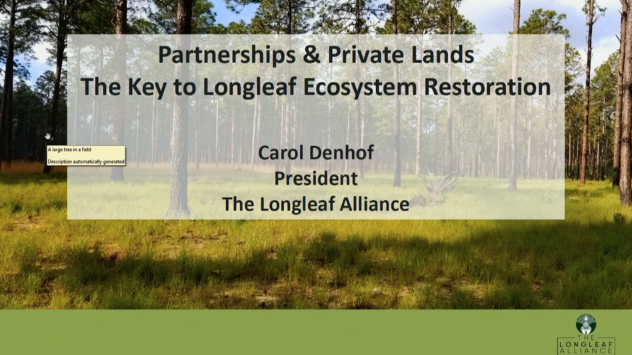
Carol Denhof, Longleaf Alliance The Longleaf Pine was once the dominant tree species in the south, covering over 90 million acres from Virginia to Texas. Over the last 400 years, the abundance of this species has decreased due to non-sustainable timber harvest, clearing of land for agriculture and development and exclusion of fire. As this […]
Read More…
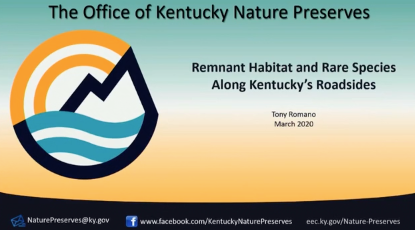
Tara Littlefield and Tony Romano, Office of Kentucky Nature Preserves Roadsides are increasingly recognized for their potential importance in conservation planning. Roadsides are generally less threatened by development than surrounding areas and are maintained in an open condition. Because of these factors, roadsides in Kentucky are one of the few areas that contain remnant native […]
Read More…
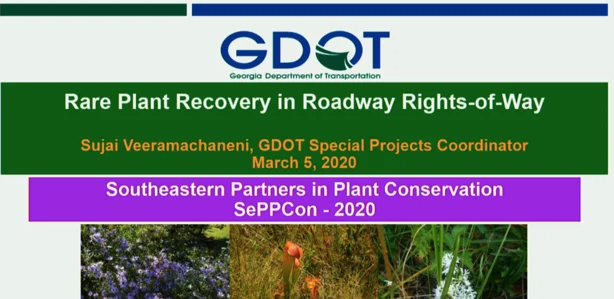
Sujai Veeramachaneni (GDOT), Felicity Davis (GDOT), Chris Goodson (GDOT), Anna Yellin (WRD), Meg Hedeen (GDOT), Carrie Keogh (Emory University) Protected plant species that prefer open and forest edge habitats can find unexpected homes in regularly maintained transportation rights-of-way. Avoidance and minimization of these resources is a critical goal for the Georgia Department of Transportation (GDOT) […]
Read More…
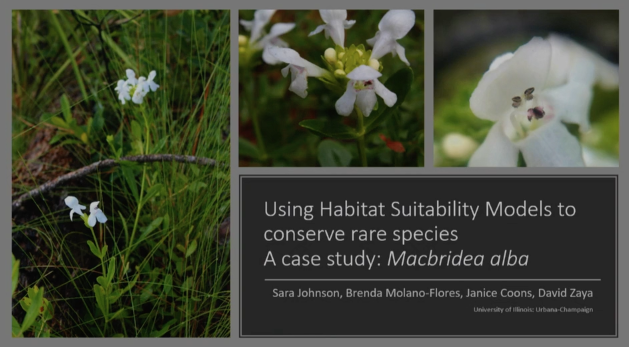
Sara Johnson, Department of Natural Resources and Environmental Science at University of Illinois: UrbanaChampaign Brenda Molano-Flores, Illinois Natural History Survey, University of Illinois: Urbana-Champaign Janice Coons, Eastern Illinois University Many rare and at-risk species exhibit a paucity of research, leaving gaps in the knowledge required to conserve them. Macbridea alba Chapman (White birds-in-a-nest, Lamiaceae) is […]
Read More…





